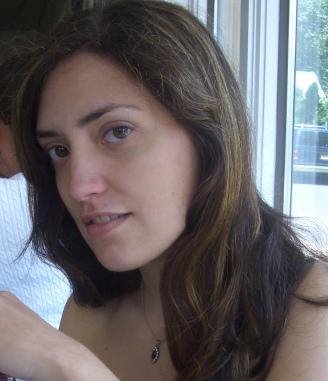Look, Ma, I'm a Citizen-Journalist
I drove to Baltimore after work today to attend the National Association of Science Writers' 2006 meeting, Science in Society. There will be seminars with writing tips, networking lunches, and a "science cabaret" featuring what promises to be Lehrer-esque entertainment.
This year, the 500 science writers attending this meeting are going to be driving right into a story. See, when I was driving into Baltimore I was following the directions on the hotel website. Unfortunately, police had cordoned off one of my turn streets, so I had to drive around in circles for a while until I could figure out how to get to where I needed to go. I happened to notice white smoke emanating from manholes in the vicinity of the roadblock.
It turns out that two manhole covers popped open near one of the busiest intersections in the city, possibly due to a leak in a natural gas main. I'm lucky I got here way past rush hour. Reports here and here say that the Maryland Dept. of the Environment found low levels of natural gas using handheld meters. For an 88 page pdf discussing U.S. Department of Energy-sponsored development of a state-of-the-art natural gas detector, click here.
I'm too tired right now to do any back of the napkin math to figure out how much gas pressure would have to have built up to pop a manhole cover. Any takers?
Anyway, no one in the hotel where I'm staying knows what's going on, but maybe by tomorrow something will be in the news. I guarantee someone at this meeting's going to make a story out of it.
Labels: current events


